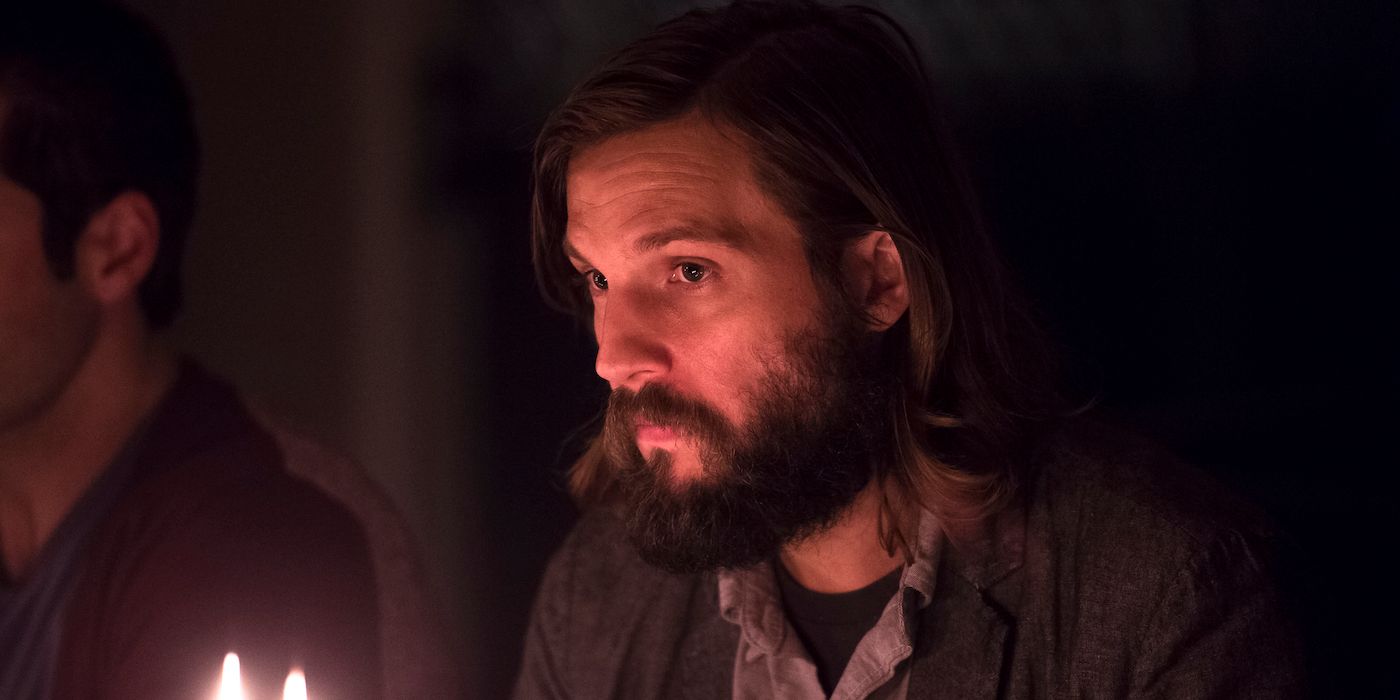This list looks at some killer horror movies that deserve more love. A few are cult classics, others remain barely seen. Whether they’re mood-driven slow burns, bleak psychological thrillers, or strange supernatural tales that don’t play by the rules, each one offers something memorable.
The titles here include trippy ghost stories and creative zombie flicks, forgotten gems and newer movies with low critical ratings. There are also locked-room mysteries, tales of possession, and subtle statements on grief. All bangers, all worth your time.
10
‘Deathdream’ (1974)
Directed by Bob Clark
“He’s been dead for a long time… but he came home.” Deathdream is one of those small-budget ’70s horrors that sneaks up on you. On the surface, it’s a straightforward zombie story: a young soldier killed in Vietnam suddenly returns home alive. But the soldier, Andy (Richard Backus), isn’t quite right. He’s cold. Quiet. Different. His mother clings to him; his father grows increasingly disturbed. What follows is less a monster movie than a devastating allegory for PTSD and the emotional wreckage of war.
These themes would have been especially hard-hitting in 1974, with the Vietnam War still underway. Director Bob Clark (who also made cult favorite Black Christmas) keeps the horror grounded in domestic spaces. Instead of crypts and graveyards, we get kitchens, bedrooms, and backyards. These mundane settings make the uncanny elements feel all the more invasive. Yet the key ingredient anchoring it all is the chillingly subdued performance from Backus.
9
‘The Empty Man’ (2020)
Directed by David Prior
“On the third night… he finds you.” The Empty Man is disjointed but intriguing. A 20-minute Himalayan prologue unfolds like a creeping folk horror nightmare, then shifts gears entirely. The rest of the flick is an atmospheric, mind-bending descent into urban legends, cult madness, cosmic horror, and loss. At the center of it all is James Badge Dale, turning in a solid performance as a grieving ex-cop drawn into an investigation that spirals into metaphysical terror.
On the aesthetic side, director David Prior conjures up dread with style: long takes, unnerving sound design, and symbolism that rewards multiple viewings. Despite all this creativity, the movie made a major financial loss, and most horror fans didn’t see it. In the years since, however, The Empty Man has become a cult film. Its status within the genre is probably only going to grow with time. Fans of eldritch horror ought to check it out.
8
‘The Blackcoat’s Daughter’ (2015)
Directed by Oz Perkins
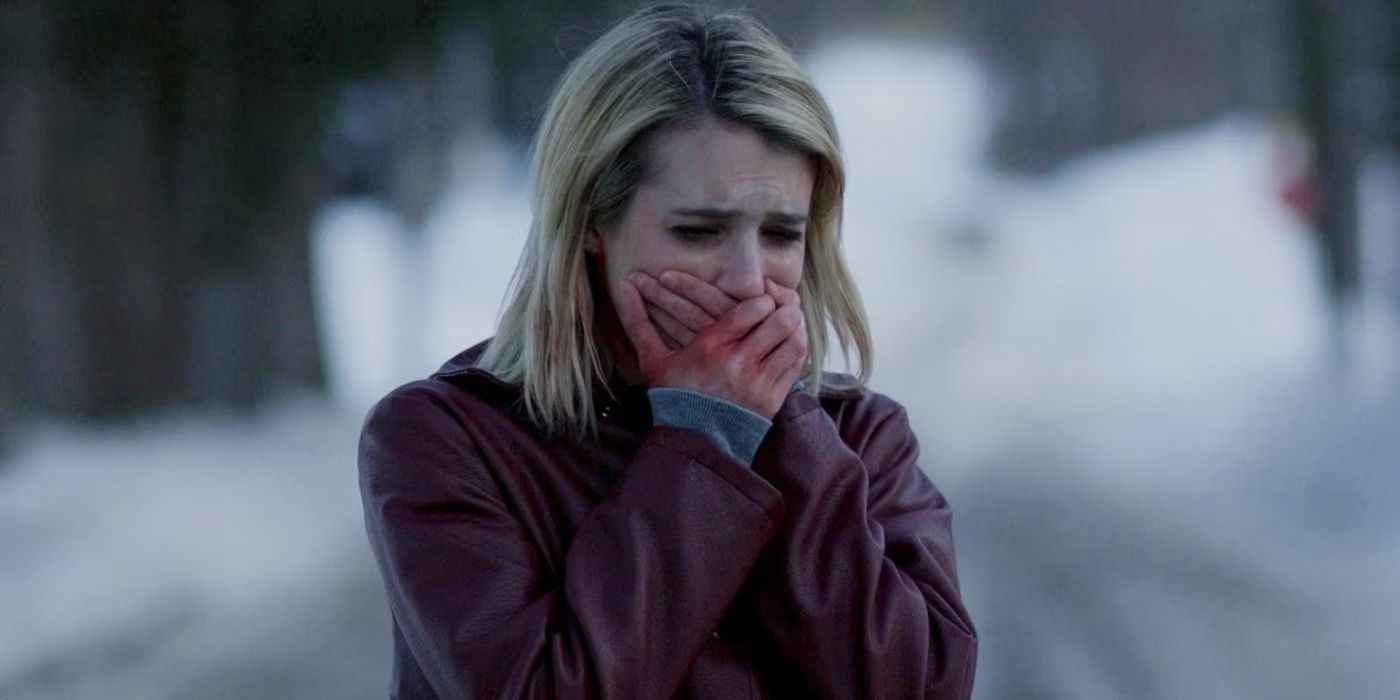
“Hail Satan… wait, I can explain.” The Blackcoat’s Daughter is slow, cold, overflowing with atmosphere, and unshakably bleak. Directed by Oz Perkins (son of Psycho legend Anthony Perkins and the brains behind Longlegs), the film weaves together two timelines at an all-girls boarding school in the dead of winter. What starts as a story of loneliness and abandonment slowly unspools into something darker, ritualistic, demonic, and deeply sad. The horror is existential as well as supernatural. It’s the ache of wanting to belong to something, even if that something is evil.
Kiernan Shipka and Emma Roberts deliver quiet, believable performances, and the snowy isolation of the setting adds to the sense of helplessness. There are possession tropes, yes, but they’re (mostly) stripped of cliché, turned inward, and made creepily intimate. While not Hereditary-level or anything, this movie is better than the 5.9 it currently holds on IMDb.
7
‘Let’s Scare Jessica to Death’ (1971)
Directed by John Hancock

“I sit here and I can’t believe that it happened… and yet I have to believe it.” Jessica (Zohra Lampert) is a woman recently released from a mental institution, trying to start fresh in the countryside with her husband and friend. But as whispers fill the air and shadows move just out of sight, she begins to question what’s real. So does the audience. Let’s Scare Jessica to Death is a portrait of creeping paranoia, told with gauzy visuals, a haunting score, and the constant suggestion that Jessica might not be imagining any of it.
The film’s brilliance lies in its ambiguity. It never fully reveals whether we’re watching a ghost story, a psychotic break, or something stranger still. In its hazy melancholy, Let’s Scare Jessica to Death captures the horror of not knowing your own mind, and fearing what might be waiting there. Though a flop on release, this film has rightly developed a cult following.
6
‘Session 9’ (2001)
Directed by Brad Anderson
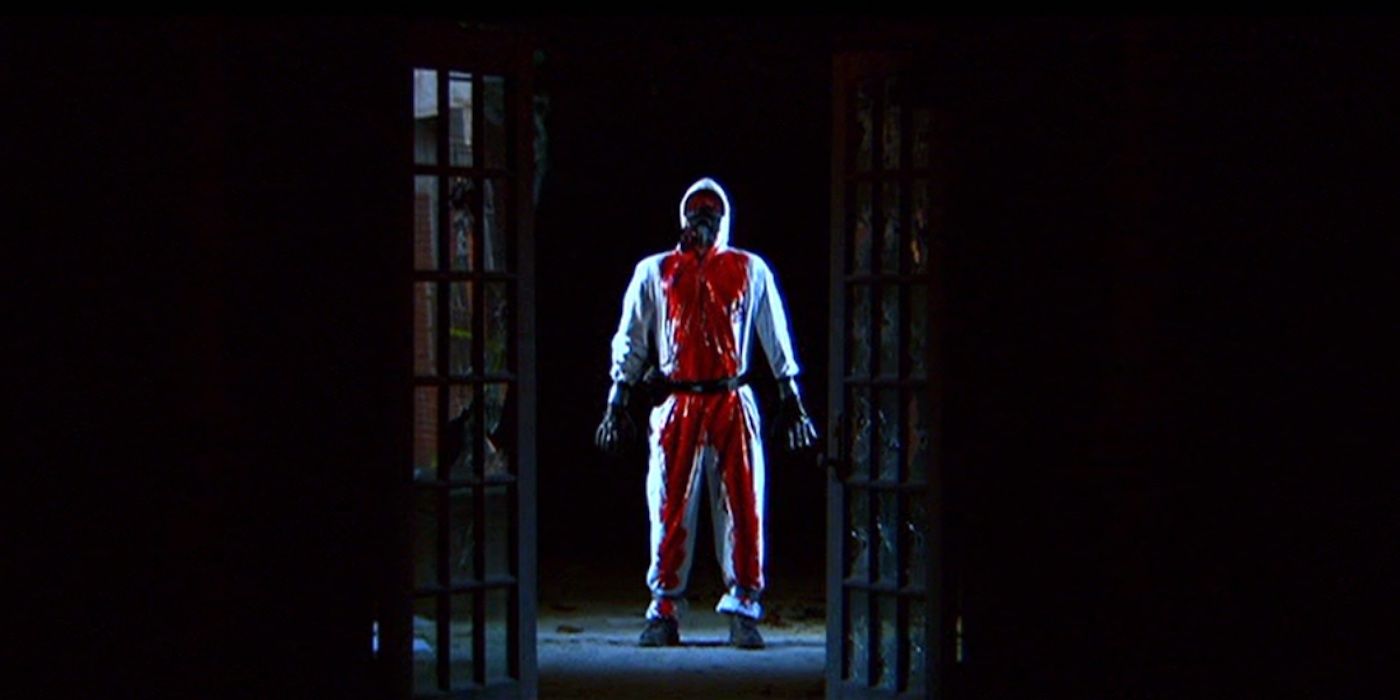
“I live in the weak and the wounded.” Set in an abandoned mental asylum and shot on location in its crumbling ruins, Session 9 gets under your skin without ever resorting to blood or gimmicks. A group of asbestos removal workers spend several days clearing out the decrepit building. There, they start to unravel, both physically and psychologically. Something’s wrong in the walls. Something that feeds on fear, guilt, and mental fragility.
Peter Mullan, in the lead role, gives a performance of terrifying restraint, and the film’s sound design (especially the eerie tape recordings of a patient with multiple personalities) intensifies the sense of decay. Taken together, Session 9 adds up to a genuinely frightening movie with no monsters and no gore. Instead, the power comes from the creeping sense that the worst things are already inside you. It’s lean and mean, too, cramming a lot into just 100 minutes.
Session 9
- Release Date
-
August 10, 2001
- Runtime
-
100 minutes
5
‘The Addiction’ (1995)
Directed by Abel Ferrara
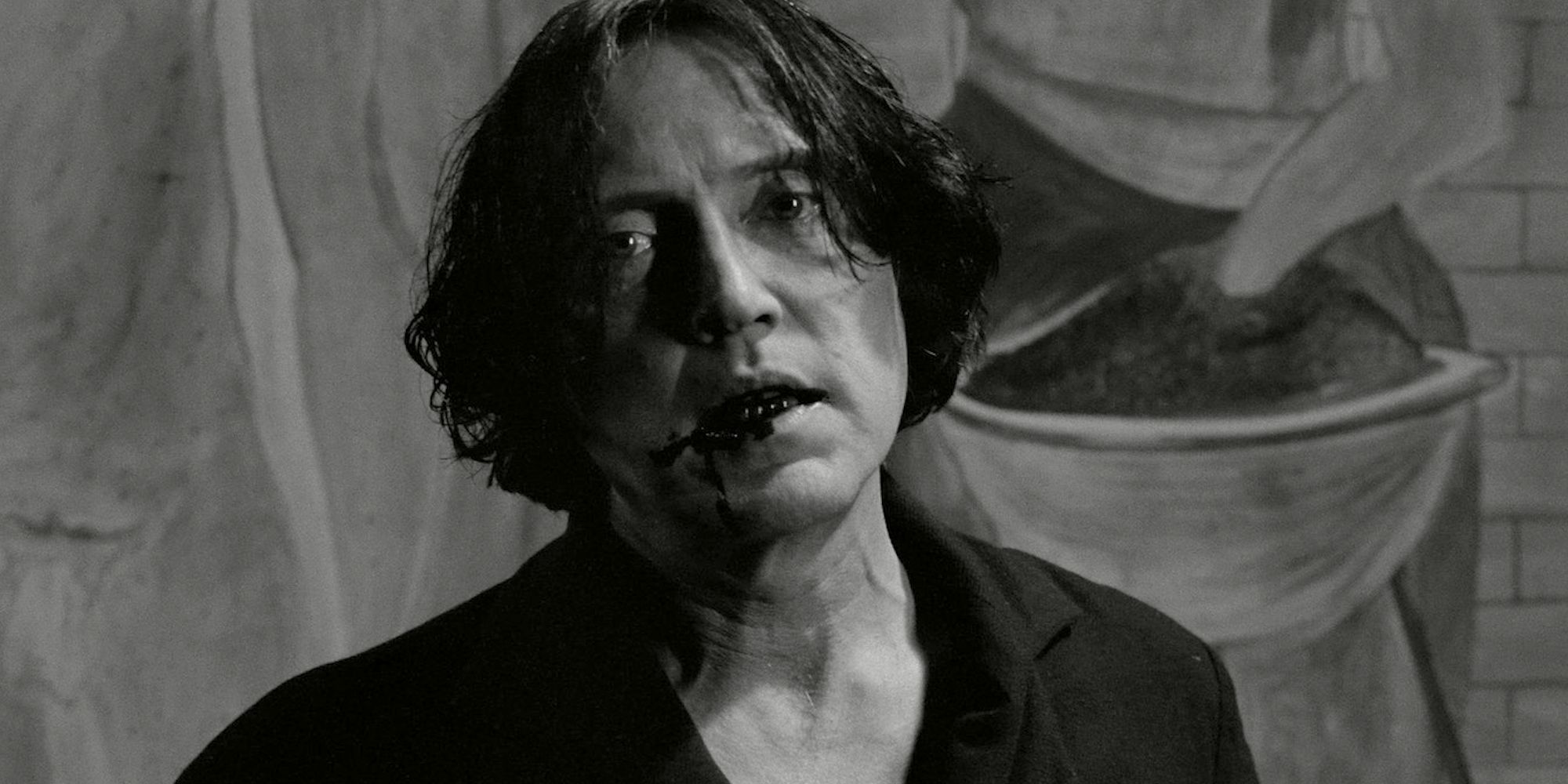
“To face the truth is to lose one’s faith easily.” The Addiction is a vampire movie soaked in cigarettes, philosophy, and black-and-white grit. Lili Taylor plays a graduate student bitten in a New York alley. She soon discovers that vampirism isn’t just about bloodlust, but about moral collapse. Directed by grim master Abel Ferrara, it’s a film about evil as a disease, spreading through history, justified by ideology, buried under layers of denial. It’s a little pretentious, sure, but that’s the point. It’s meant to be a postmodern, blood-soaked parable about guilt and sin.
Taylor’s transformation is slow and internal, marked by hunger, arrogance, and despair. She reads William S. Burroughs and Nietzsche between murders. Opposite her, the always great Christopher Walken shows up as a jaded older vampire who’s learned how to suppress the urge. Through both these characters, The Addiction comments on the futility of trying to stay pure in a world already damned.
4
‘The Invitation’ (2015)
Directed by Karyn Kusama
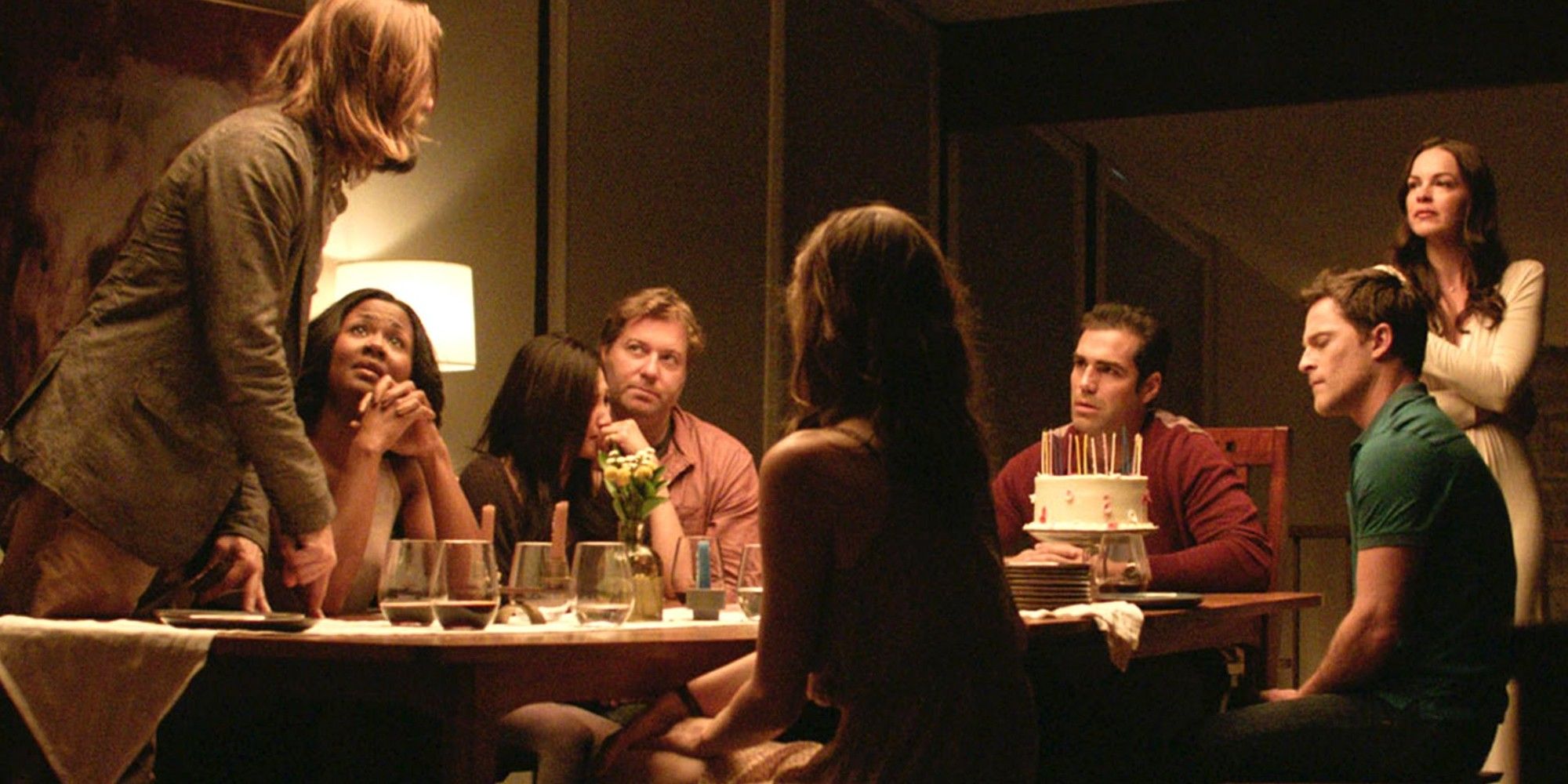
“There’s nothing to be afraid of.” Dinner party horror doesn’t get more suffocating than The Invitation. In this one, an awkward evening among old friends slowly morphs into something deeply unsettling. A man (Logan Marshall-Green) visits his ex-wife’s home in the Hollywood Hills, only to find that the grief and trauma that once tore them apart have mutated into something cult-like. There’s wine, smiles, gentle music, and the gnawing suspicion that something is…off.
Director Karyn Kusama stretches the tension like a rubber band, daring you to guess when it will finally snap. The actors all rise to the occasion with layered, ambiguous performances. Is the protagonist just paranoid? Or is he the only one seeing clearly? The Invitation weaponizes politeness, denial, and the pressure to act normal. When the truth finally breaks through, it’s savage and utterly earned. The final scene, in particular, is a gut-punch that reframes everything.
3
‘The Keep’ (1983)
Directed by Michael Mann
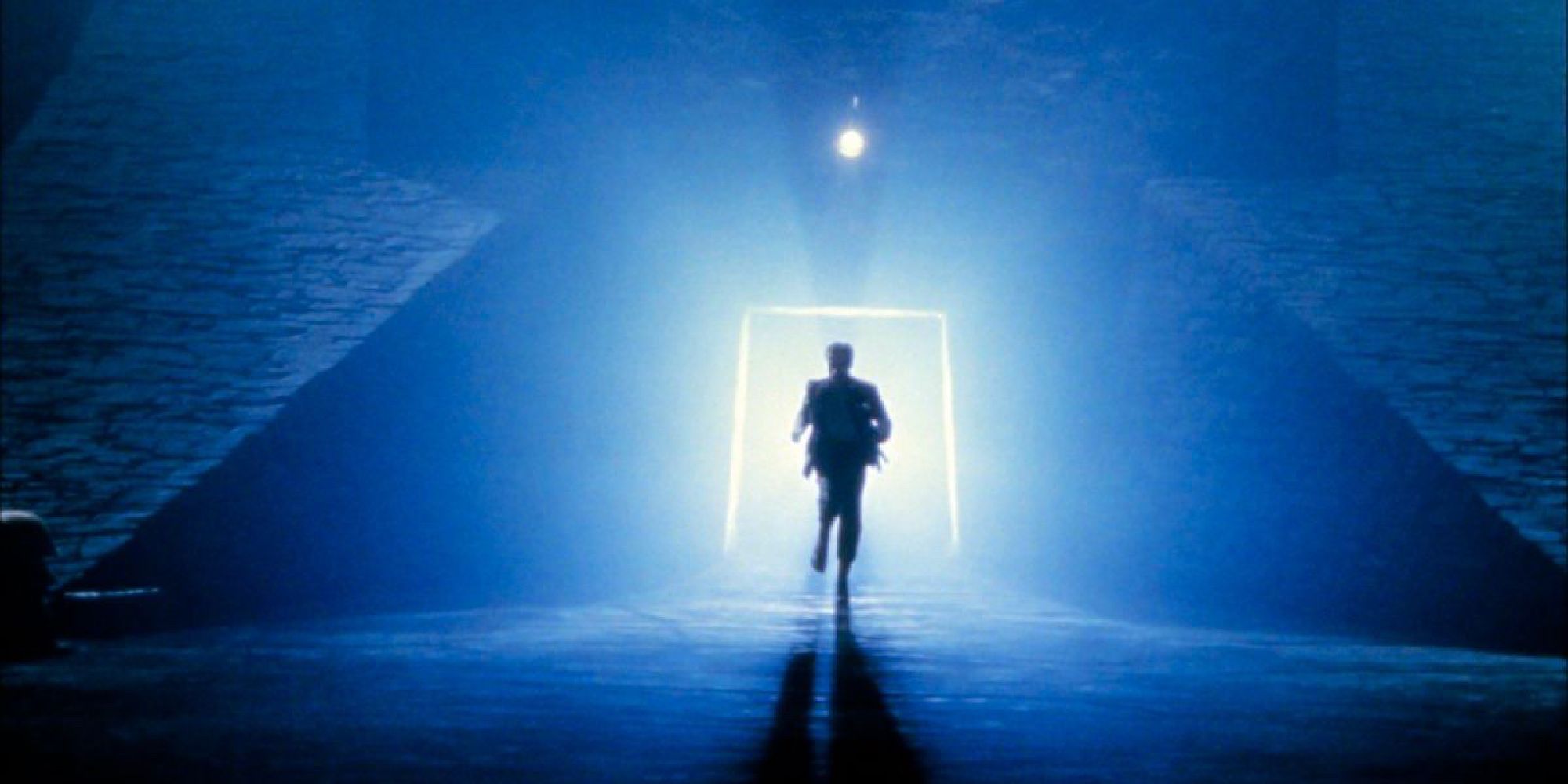
“I have no name.” The Keep is a fascinating failure (and a visual fever dream). Directed by Michael Mann, this World War II-set supernatural horror film is a chaotic blend of gothic mysticism, synth-soaked atmosphere, and eldritch terror. A group of Nazi soldiers occupy a mysterious Romanian fortress, only to accidentally awaken an ancient, otherworldly entity sealed inside. It’s a bizarre premise (like something out of a Grindhouse fake trailer); part monster movie, part metaphysical nightmare.
While the narrative is choppy (largely due to studio cuts), the mood is undeniable, all haunted, surreal, and often stunning. The Keep often feels like it’s operating on vibes alone, and that’s not a bad thing. Mann and his team serve up glowing red eyes, fog-drenched hallways, and a dreamlike score by Tangerine Dream. The finished product is messy and flawed, but also memorable, evoking a kind of mythic horror that’s rare in mainstream cinema. At the very least, it’s worth watching purely for Michael Mann completionism.
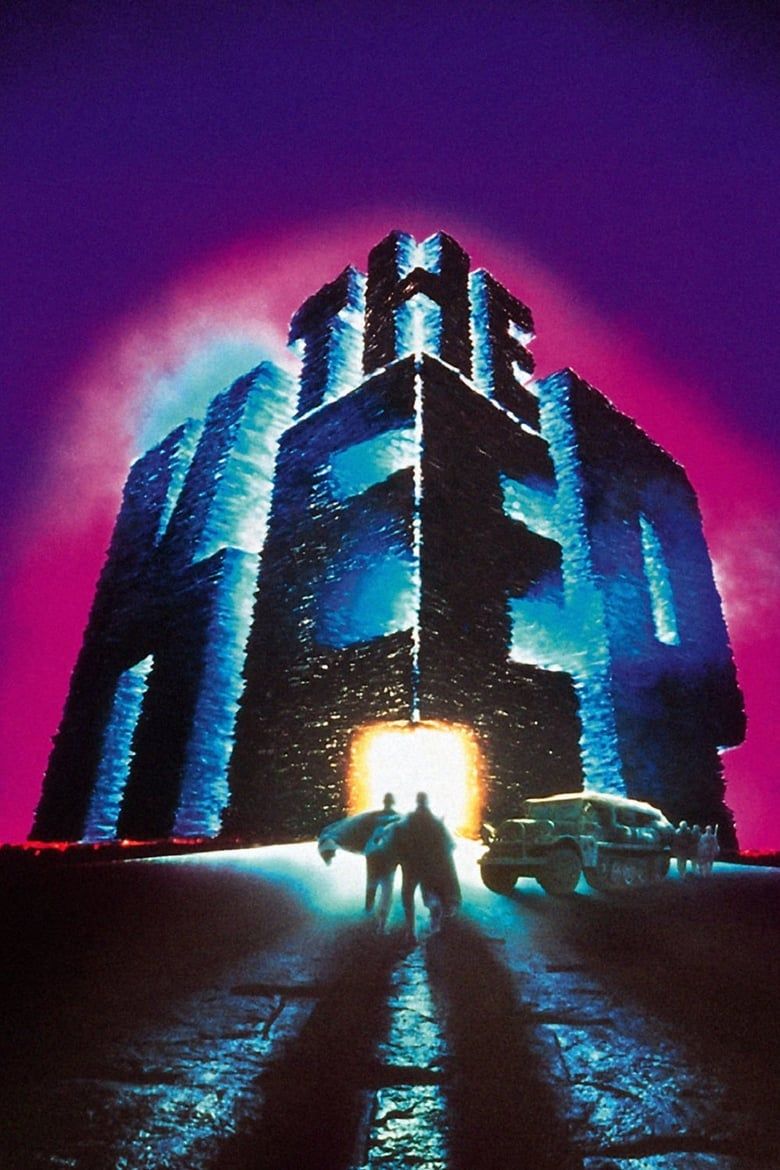
The Keep
- Release Date
-
December 16, 1983
- Runtime
-
96 minutes
-

-

-

Jürgen Prochnow
Captain Klaus Woermann
-

Robert Prosky
Father Mihail Fonescu
2
‘The Autopsy of Jane Doe’ (2016)
Directed by André Øvredal
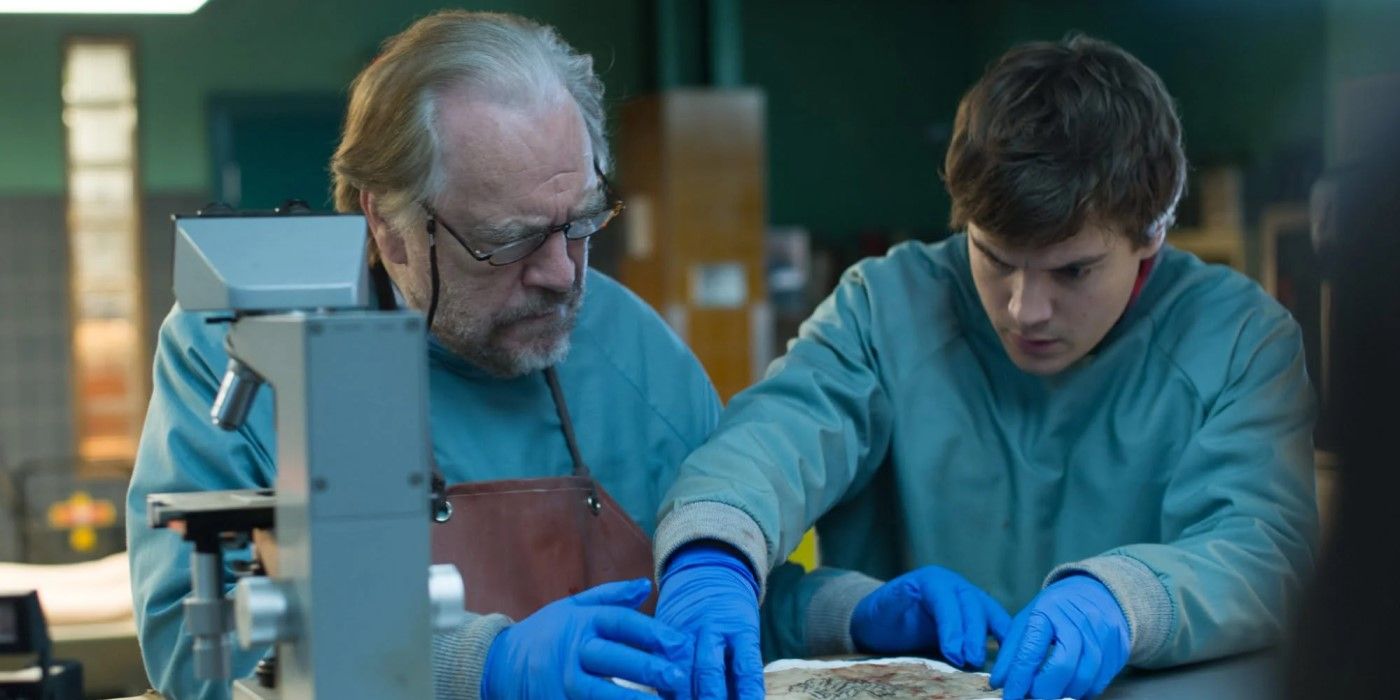
“Every body has a secret.” Logan Roy against the undead? Yes please. This minimalist horror gem takes place almost entirely in a morgue. Father-and-son coroners (played by Brian Cox and Emile Hirsch) begin an autopsy on an unidentified woman found half-buried at a crime scene. They open her up, and nothing they see makes sense. Her organs show signs of trauma, while her body appears pristine. And then things start to go very wrong. This is a locked-room mystery wrapped in supernatural horror. Simple, scary, and superbly executed.
Director André Øvredal builds suspense with surgical precision, turning every incision into an ominous clue. The set never changes, yet the sense of danger escalates with every breath. The atmosphere is oppressive, the scares are inventive, and the slow reveal of Jane Doe’s true nature is both freaky and tragic. In the end, The Autopsy of Jane Doe proves that sometimes, the best horror comes in small, cadaver-shaped packages.
1
‘Lake Mungo’ (2008)
Directed by Joel Anderson
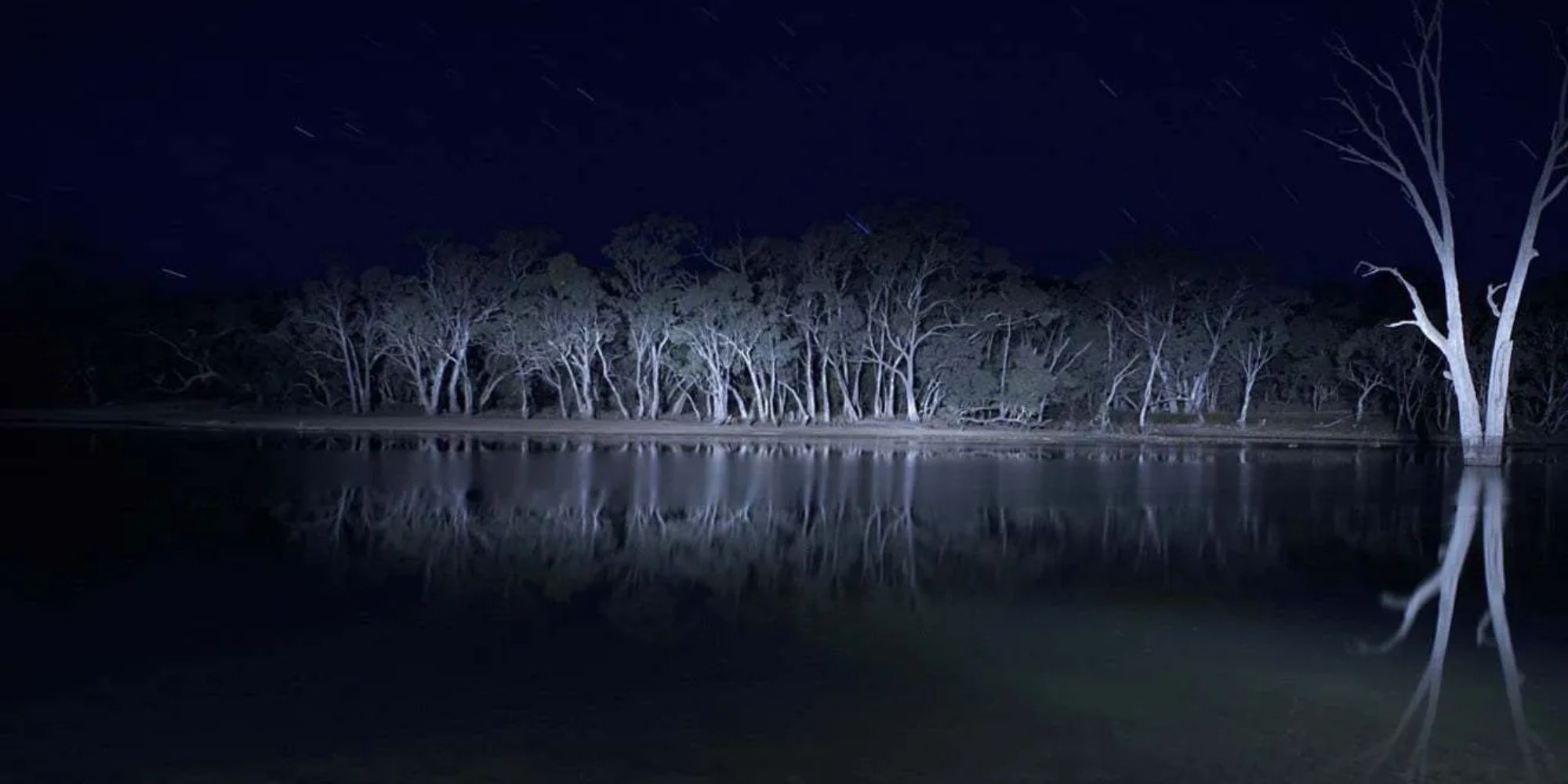
“I feel like something bad is going to happen to me.” Lake Mungo is a subtle horror that crawls under your skin. Framed as a faux documentary, it tells the story of a grieving family grappling with the sudden drowning of their teenage daughter, Alice (Talia Zucker). But strange things begin to happen in the weeks that follow, including eerie photos, unexplained sounds, and lingering doubts. More than a ghost story, the aftermath of Alice’s death is a study of sorrow, secrets, and the unknowability of those we love. Few horrors are this layered and thought-provoking.
The aesthetics serve the themes perfectly. Lake Mungo uses the documentary format with eerie effectiveness, grounding the supernatural elements in interviews, found footage, and raw emotional testimony. The frights are mostly quiet (other than one hard-hitting jump scare), moments of uncanny stillness that feel more real. The final act, in particular, is heartbreaking, delivering a revelation that casts everything that came before in a new light.
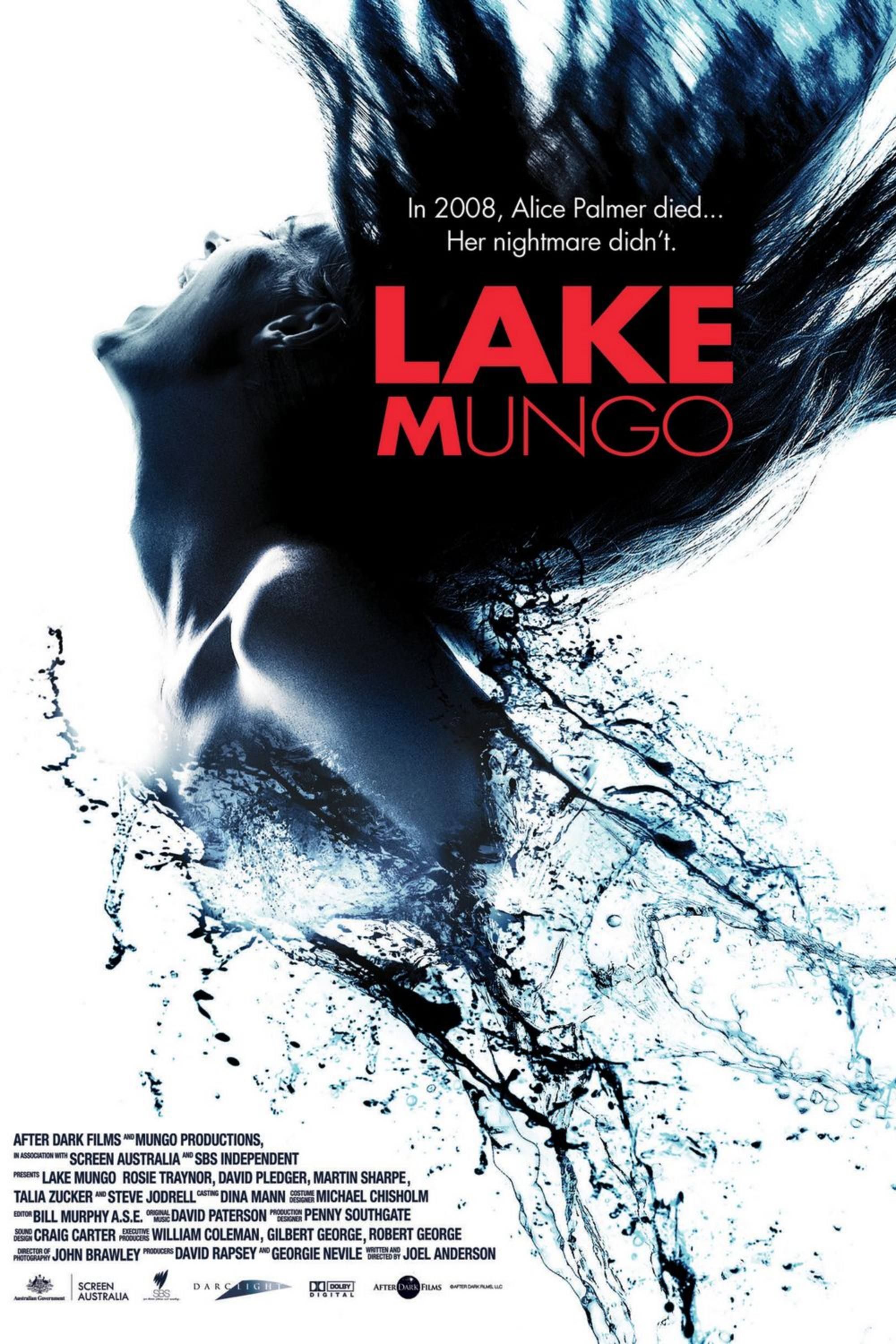
Lake Mungo
- Release Date
-
January 29, 2010
- Director
-
Joel Anderson
NEXT: 10 Great Novels To Read if You Love Alfred Hitchcock Movies

